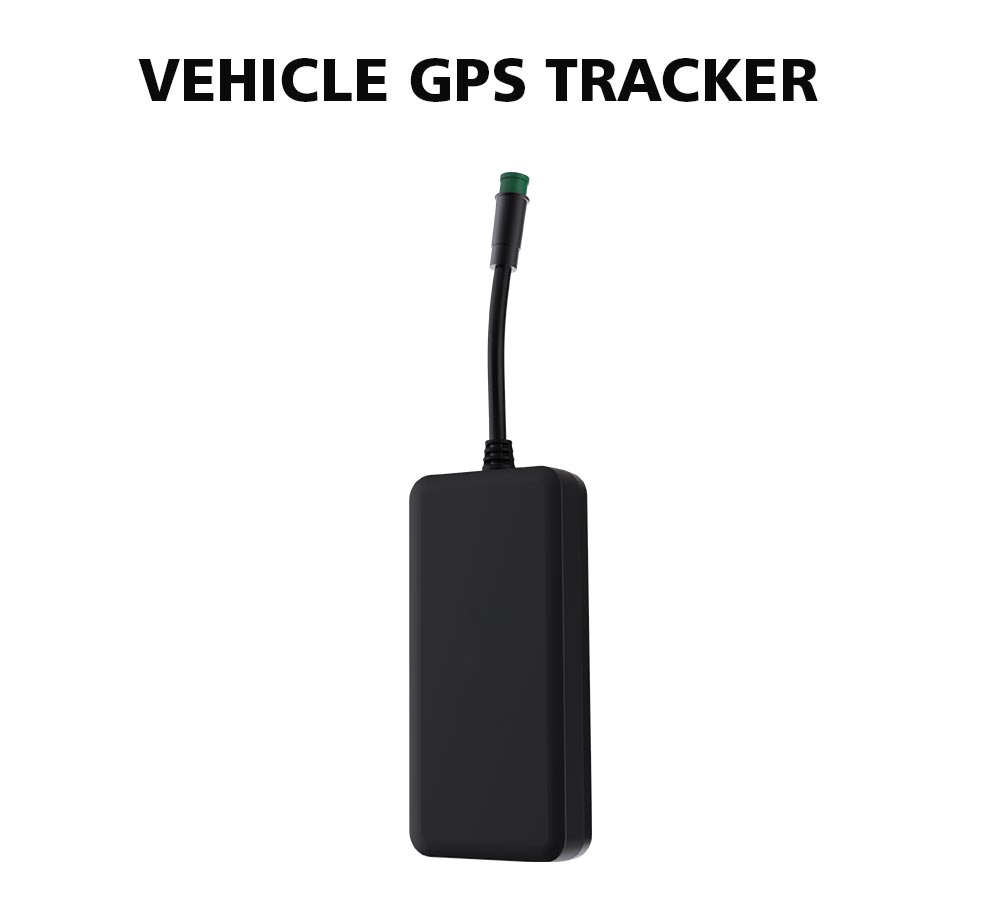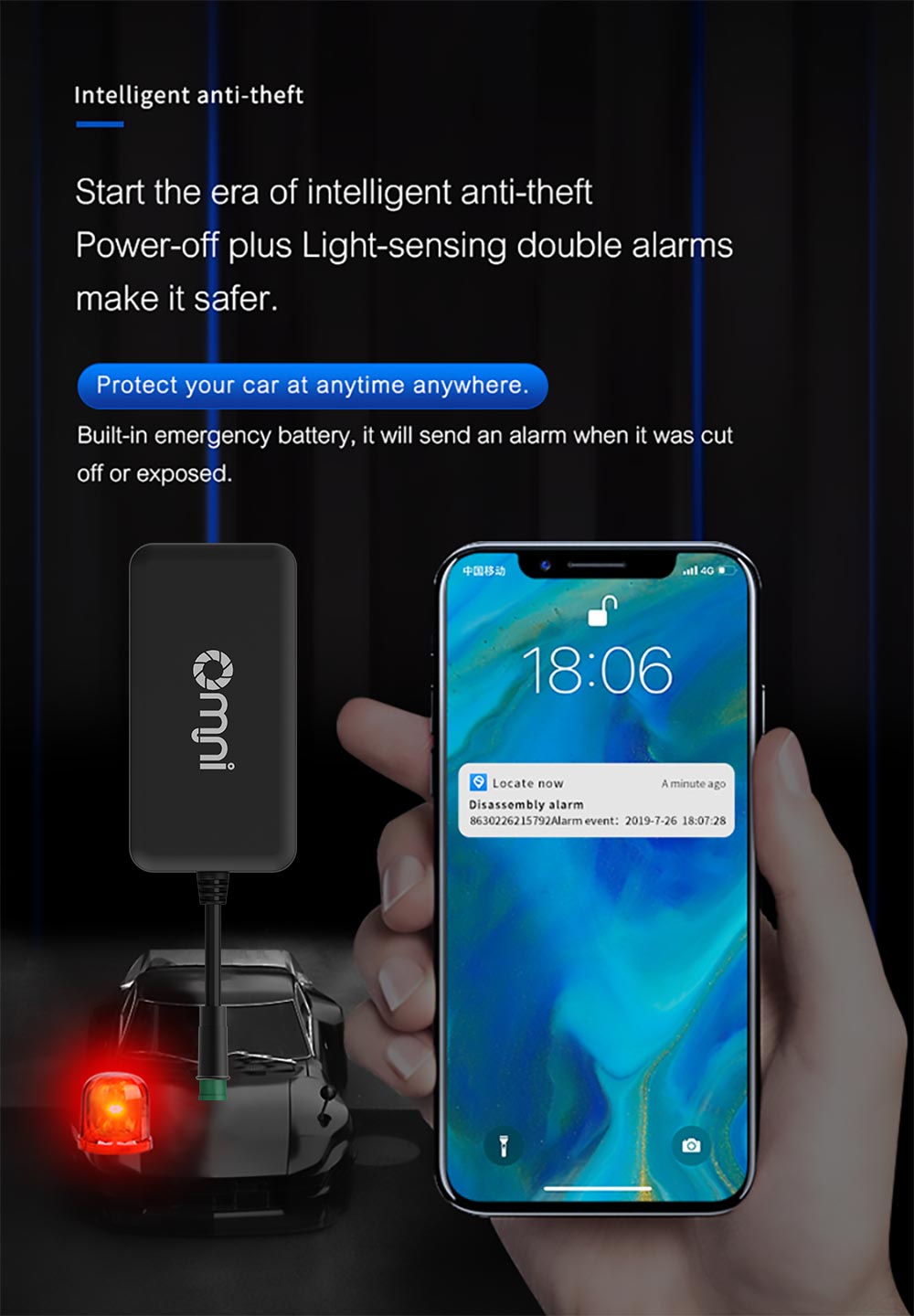The principle of a vehicle GPS tracker involves the use of Global Positioning System(GPS)technology to determine the precise location of a vehicle.Here's an analysis of its working principle.
GPS Satellite System
The vehicle GPS tracker receives signals from a network of GPS satellites orbiting the Earth.These satellites continuously transmit signals containing information about their precise locations and timestamps.
GPS Receiver
The vehicle GPS tracker contains a GPS receiver that captures signals from multiple GPS satellites in range.The receiver calculates the distance between the tracker and each satellite based on the time it takes for the signals to reach the tracker.By combining the distance measurements from at least four satellites,the receiver can determine the precise three-dimensional position(latitude,longitude,and altitude)of the vehicle.

Data Processing
The vehicle GPS tracker processes the signals received from the satellites to extract the necessary location information.It uses algorithms to perform trilateration,a technique that involves intersecting spheres or circles to determine the precise location.Trilateration relies on the known positions of the GPS satellites and the distances between the tracker and each satellite.
Communication Module
The vehicle GPS tracker is equipped with a communication module,such as GSM,3G,4G,or 5G,which allows it to transmit the location data to a remote server or application.The tracker sends the calculated position information,along with other relevant data,through the communication network.
Power Supply
The vehicle GPS tracker requires a stable power supply to operate continuously.It typically includes a built-in battery or connects to the vehicle's power source for power management.

Data Storage
Some vehicle GPS tracker have the capability to store location data locally.They may have built-in memory or support external storage options such as SD cards.This allows the tracker to record the vehicle's location history,even when not connected to a network.
Remote Monitoring
The transmitted location data is received by a remote server or application.Users can access the server or application to view real-time vehicle locations,track vehicle movements,and analyze historical data.
By combining the GPS technology,data processing,communication,and power management,a vehicle GPS tracker enables real-time tracking and monitoring of vehicles.It has various applications,including fleet management,vehicle security,logistics,and transportation optimization.




